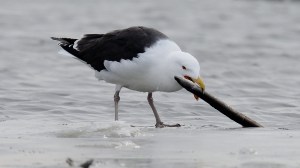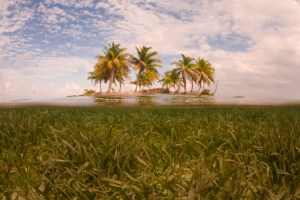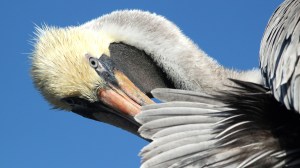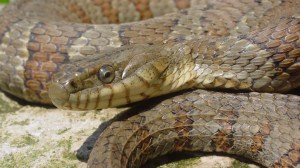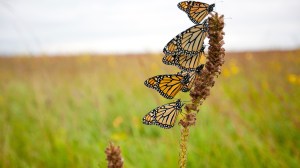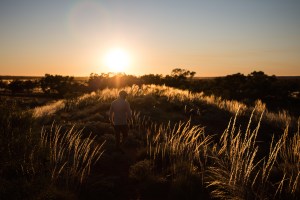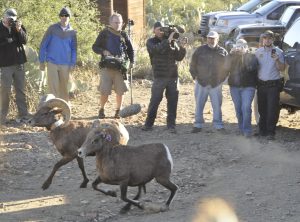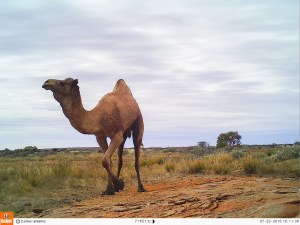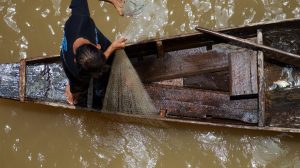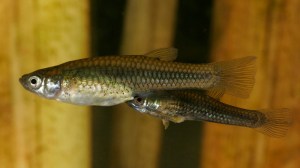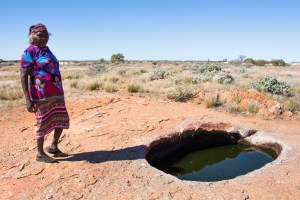Discover stories in Conservation Science
How Blizzards and Extreme Cold Impact Birds
Even hardy birds can be taxed by extreme cold and snow. A look at the impacts of one particularly severe blizzard on our feathered friends.
Which Sources of Blue Carbon Measure Up to the Mitigation Challenge?
New research shows that coastal habitats — mangrove forests, tidal marshes, and seagrass meadows — have the most potential amongst marine systems to act as long-term carbon sequestration solutions.
Five Endangered Species Recoveries You’ve Never Heard Of
Five successes of the Endangered Species Act worth celebrating.
Bison, Pioneers of the Prairie, Return to Kankakee Sands
In October of 2016, 23 bison from South Dakota were released on the prairie in Kankakee Sands.
Recovery: Saving the Lake Erie Watersnake, A Lesson in Outreach
The public perceived the Lake Erie watersnake as repulsive. Could conservation outreach change opinions? Enter the Snake Lady.
Can Grasslands, The Ecosystem Underdog, Play an Underground Role in Climate Solutions?
What role can grasslands play in climate change solutions? The answer is in the roots.
Wide Horizons: A Journey Across Martu Country
Follow Conservancy scientists on a journey across more than 350 kilometers of incredible Australian desert as they travel to Parnngurr Community.
A New Life for Bighorn Sheep in the Land of Laughing Waters
Desert bighorn sheep leap into a new life in Aravaipa Canyon Wilderness, the wildest, most remote area of Arizona outside the Grand Canyon.
Camera Trapping in the Australian Desert
Watch the best photos and video data from camera traps deep in the Australian desert.
The Surprising Importance of Freshwater Fisheries to Global Food Security
Marine fisheries are well known for their ability to produce food. But rivers and lakes are vital to food security too.
Recovery: Gila Topminnow, a Desert Native Gets a Second Chance
Once the Gila Basin’s dominant fish, the Gila topminnow has faced hard times from invasive species and water quality issues. But the future is now much brighter, Ted Williams reports.
Reclaiming Country: Combining Traditional Knowledge & Science to Care for Desert Waterholes
After decades of absence, the Martu people are returning to their land and reviving cultural practices that care for the country and the desert ecosystem.
